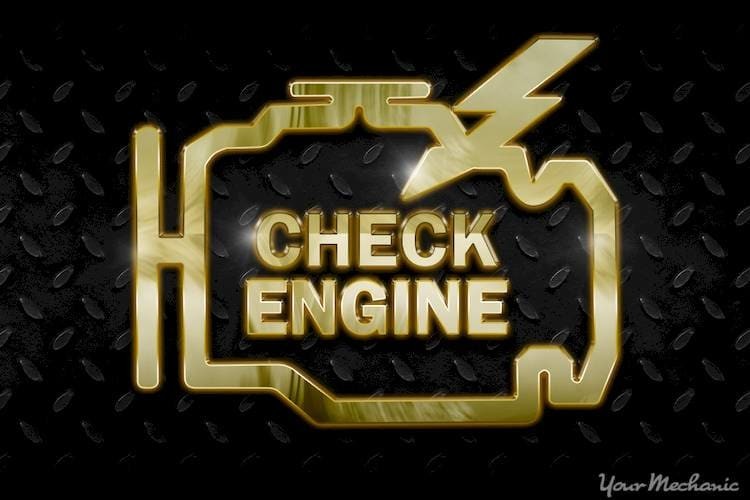The P2270 diagnostic trouble code (DTC) is a common issue encountered in modern vehicles. It indicates a problem with the oxygen sensor (O2 sensor) in Bank 1, Sensor 2, specifically that the sensor signal is stuck lean. This article will delve into the causes, symptoms, diagnosis, and potential solutions for this error code.
 A car's engine
A car's engine
What Does the P2270 Code Mean?
The P2270 code signifies that the downstream oxygen sensor (Sensor 2) on Bank 1 of the engine is reporting a lean condition to the Engine Control Module (ECM). “Bank 1” refers to the side of the engine containing cylinder #1. “Sensor 2” denotes the downstream sensor, located after the catalytic converter. A lean condition means there’s an excessive amount of oxygen in the exhaust compared to fuel. While a lean condition can improve fuel economy, a persistent lean condition can damage the engine and catalytic converter. The P2270 code suggests the O2 sensor is stuck in this lean reading, even when the actual air-fuel mixture might not be lean.
Causes of the P2270 Error Code
Several factors can contribute to the P2270 code:
- Faulty Oxygen Sensor (Bank 1, Sensor 2): The most common cause is a malfunctioning O2 sensor. Over time, sensors can degrade, become contaminated, or fail entirely.
- Exhaust Leaks: Leaks in the exhaust system, particularly before the downstream O2 sensor, can introduce excess oxygen into the exhaust stream, causing a false lean reading.
- Wiring or Connector Issues: Damaged wiring, corroded connectors, or loose connections in the O2 sensor circuit can disrupt the signal transmission, leading to the P2270 code.
- Vacuum Leaks: Unmetered air entering the engine through vacuum leaks can lean out the air-fuel mixture, potentially triggering the code.
- Fuel System Problems: Issues with the fuel pump, fuel filter, fuel injectors, or fuel pressure regulator can restrict fuel delivery, causing a lean condition.
- ECM Malfunction (Rare): In rare cases, a faulty ECM can misinterpret sensor data or fail to properly control the air-fuel mixture.
Symptoms of the P2270 Code
While the illuminated Check Engine Light is the most obvious symptom, other indicators might include:
- Decreased Fuel Economy: A consistently lean condition can lead to reduced fuel efficiency.
- Engine Misfires: In severe cases, a lean mixture can cause engine misfires or rough running.
- Catalyst Damage (Potential): Prolonged lean conditions can damage the catalytic converter over time.
Diagnosing the P2270 Code
Diagnosing the P2270 code typically involves these steps:
- Retrieve Diagnostic Trouble Codes (DTCs): Use an OBDII scanner to read the stored codes in the ECM.
- Inspect Exhaust System for Leaks: Carefully examine the exhaust system for any leaks, especially between the upstream and downstream oxygen sensors.
- Check Oxygen Sensor Wiring and Connector: Inspect the wiring harness and connector for damage, corrosion, or loose connections.
- Test Oxygen Sensor Voltage: Use a multimeter or oscilloscope to check the voltage signal from the O2 sensor. A properly functioning sensor should fluctuate between a specific voltage range.
- Perform Manufacturer-Specific Tests: Consult the vehicle’s service manual for specific diagnostic procedures recommended by the manufacturer.
Fixing the P2270 Code
Depending on the diagnosis, potential solutions include:
- Oxygen Sensor Replacement: If the O2 sensor is faulty, replacement is usually necessary.
- Exhaust Leak Repair: Repairing any exhaust leaks is crucial to ensure accurate O2 sensor readings.
- Wiring or Connector Repair: Replace or repair damaged wiring or connectors.
- Fuel System Repair: Address any underlying fuel system issues that contribute to a lean condition.
- ECM Replacement (Rare): If the ECM is determined to be faulty, it will need to be replaced and reprogrammed.
Conclusion
The P2270 error code indicates a problem with the downstream oxygen sensor on Bank 1, signaling a lean condition. Addressing this issue promptly is important to prevent potential damage to the engine and catalytic converter, and to ensure optimal vehicle performance and fuel efficiency. While a faulty O2 sensor is the most common cause, a thorough diagnosis is necessary to identify the root cause and implement the correct repair.

